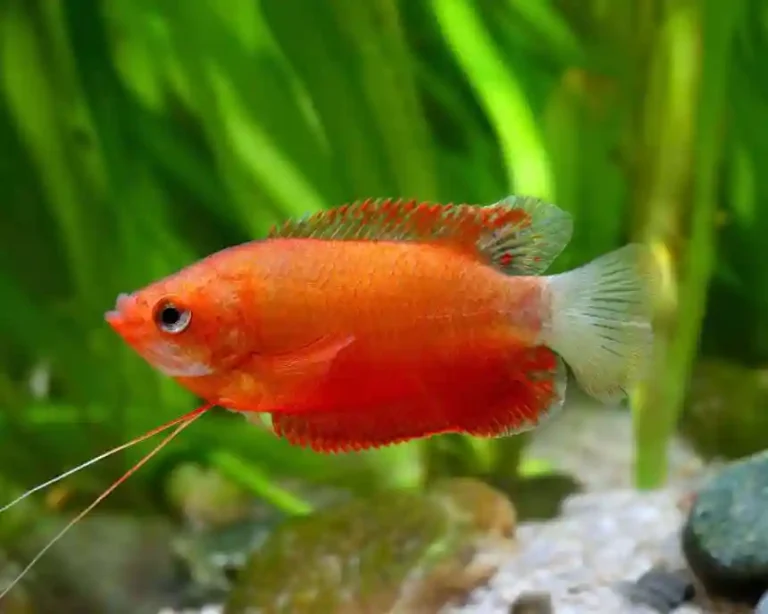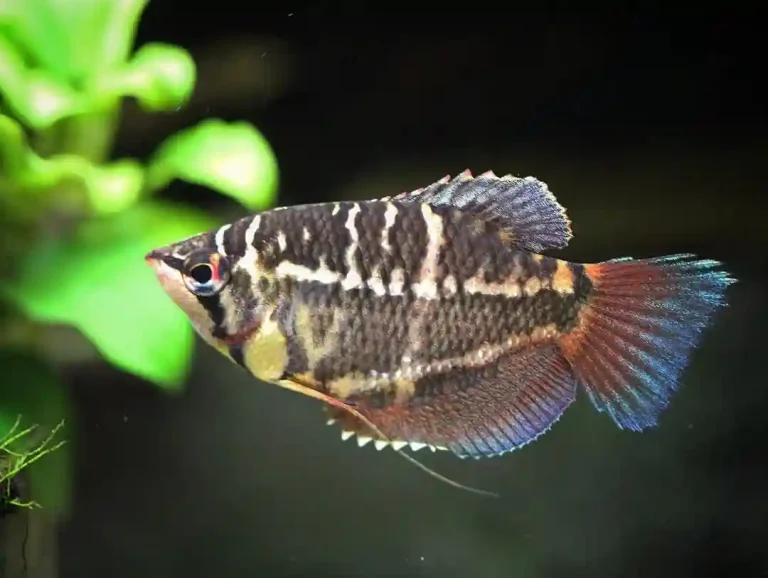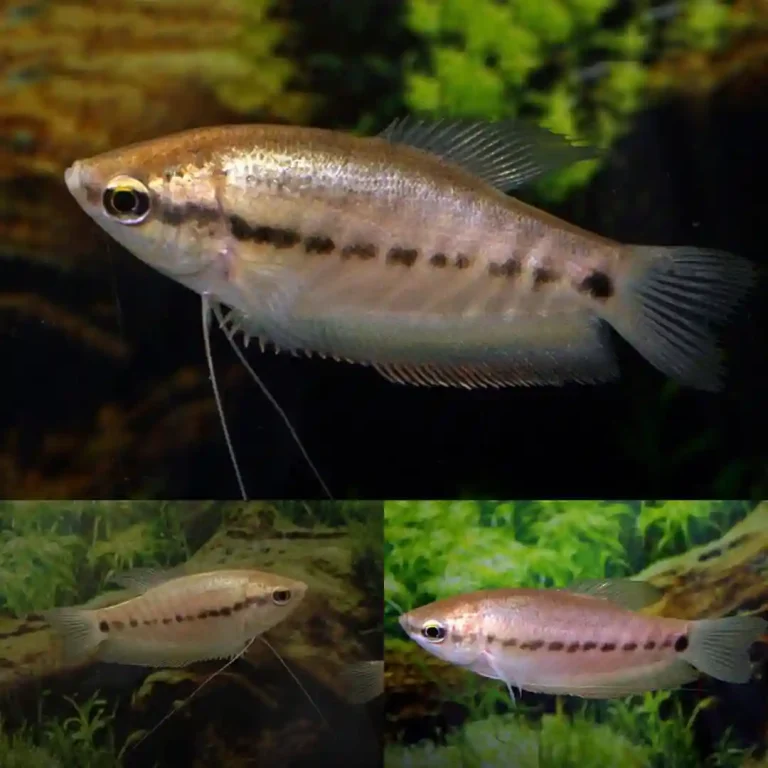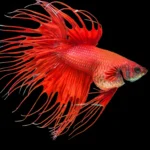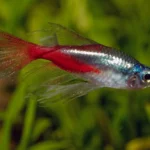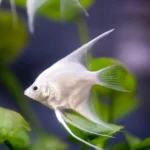21 Types of Guppies (With Pictures, Tails & Colors Explained)
Guppies are some of the most colorful and diverse freshwater fish in the aquarium hobby. Their endless variety of tail shapes, color patterns, and rare strains makes them a favorite for beginners and seasoned aquarists alike. In this guide, we’ll explore the different types of guppies by tail shape, coloration, and pattern, including a few rare and exotic varieties you may not have seen before.
Quick Answer: There are over 50 types of guppies, but most are grouped by tail shape, color, and pattern. Popular types include fancy guppies, endlers, snakeskin, and lyretails.
Guppy Classification: How Guppy Types Are Defined
To understand guppy diversity, it helps to know how guppy types are classified. Breeders and hobbyists generally group them by:
- Tail Shape: This is the most noticeable feature. From delta to swordtail to spade-shaped tails, each variation gives the guppy a unique look.
- Body Color: Guppies come in all shades—solid red, blue, green, black, and more.
- Pattern: Patterns like snakeskin, mosaic, and leopard describe the design across the body or fins.
- Strain or Rarity: Some guppies are prized for their pure strains or rare mutations, such as albinos and Moscow guppies.
Because of selective breeding, many guppies are hybrids, combining different traits to create new appearances—especially in fancy guppies sold at pet stores.
Guppy Types by Tail Shape
Tail shapes often define a guppy’s overall appeal and swimming style. Here’s a breakdown of the most common types:
Fancy Guppy
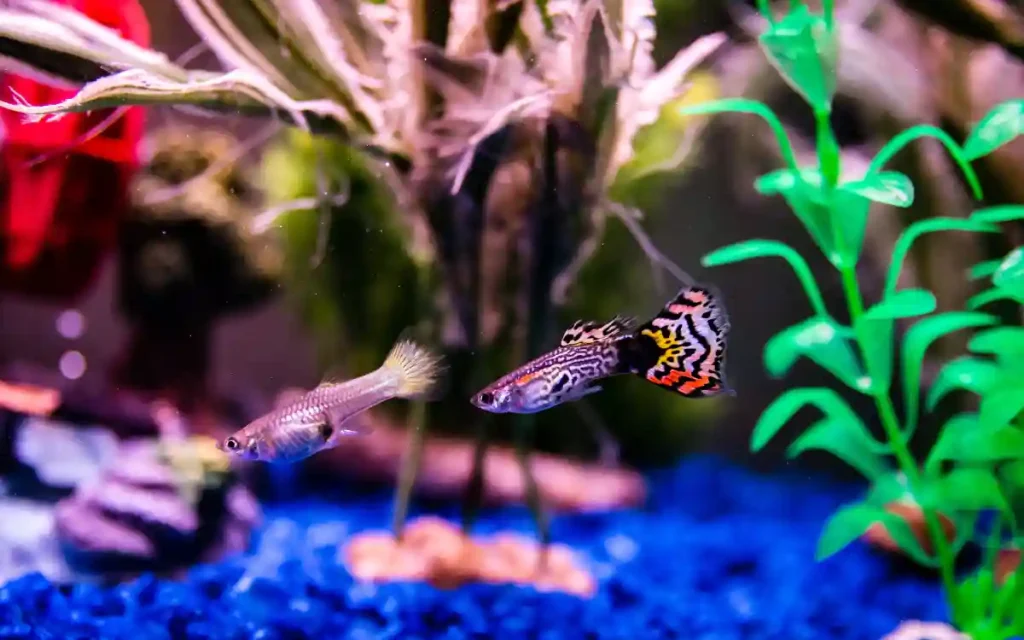
Tail Shape: Broad, colorful, and flowy—often includes delta or fan tails.
Care Notes: Easy to care for but prone to fin nipping.
Best Tank Mates: Peaceful fish like neon tetras or cory catfish.
Delta Tail Guppy
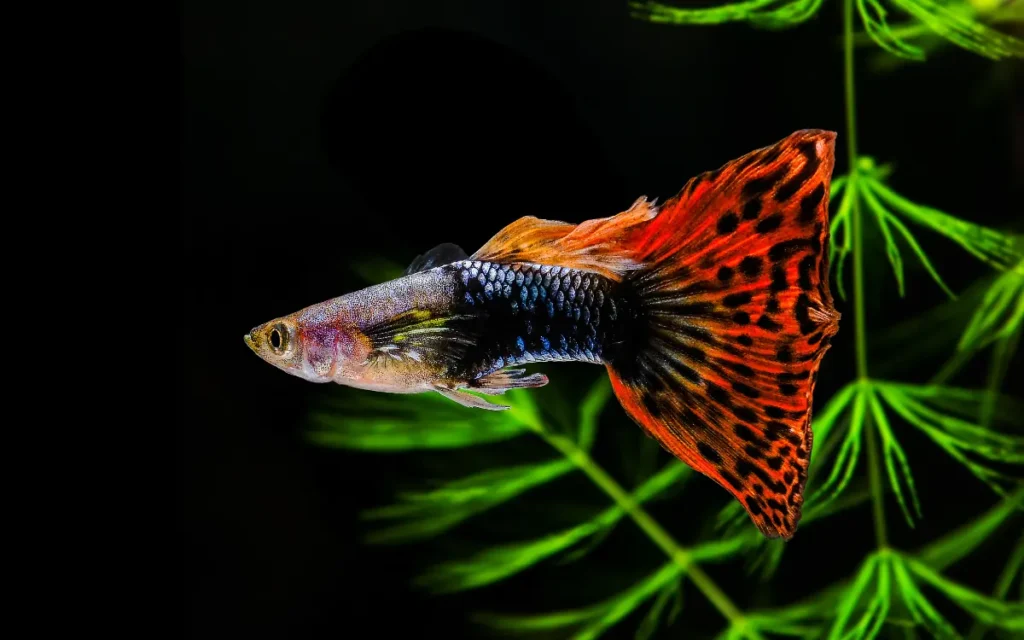
Tail Shape: Triangle or fan-shaped tail spread wide like a delta.
Care Notes: Very popular; comes in many color variants.
Tank Mates: Works well in community tanks.
Veil Tail Guppy
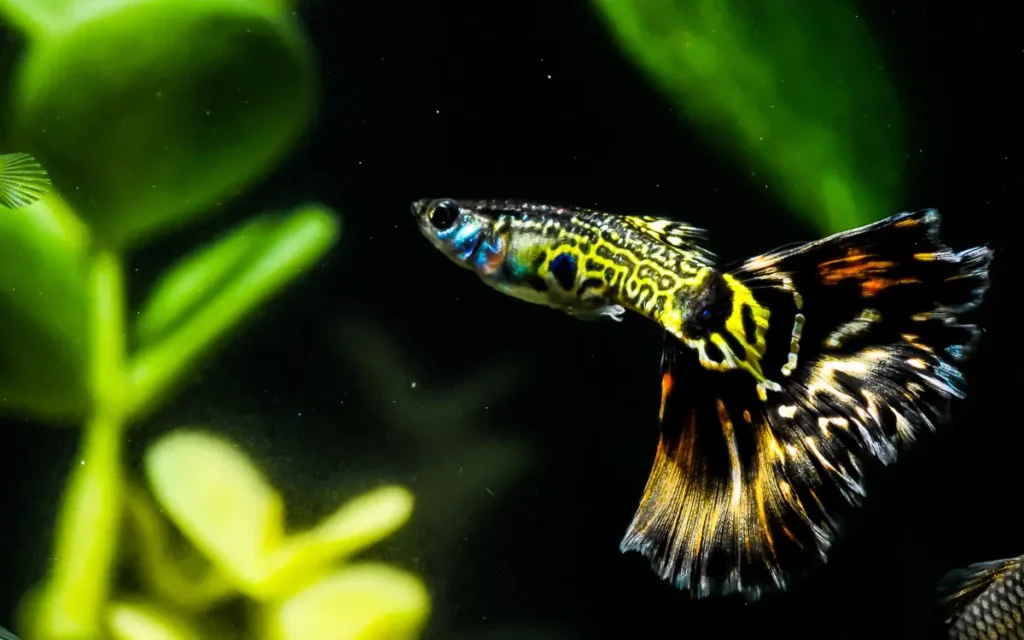
Tail Shape: Long, thin, and flowing like a curtain.
Care Notes: Avoid fin-nippers. Needs good filtration to avoid dragging.
Tank Mates: Ideal with slow swimmers.
Lyretail Guppy
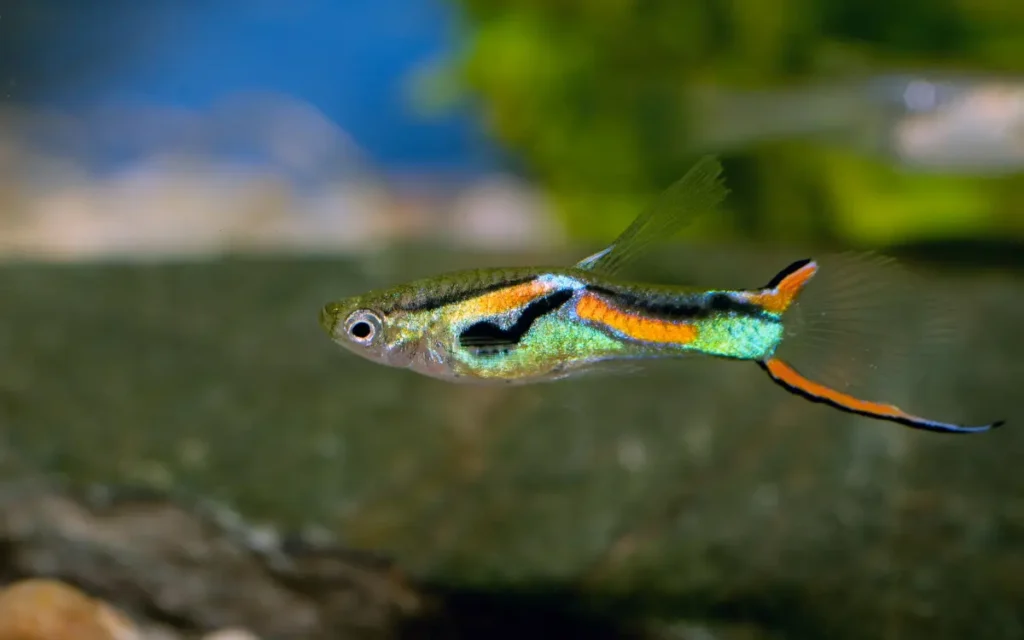
Tail Shape: Forked tail with extended tips at the top and bottom.
Care Notes: Attractive and active; slightly harder to breed.
Tank Mates: Avoid aggressive species.
Swordtail Guppy (Top/Bottom/Double)
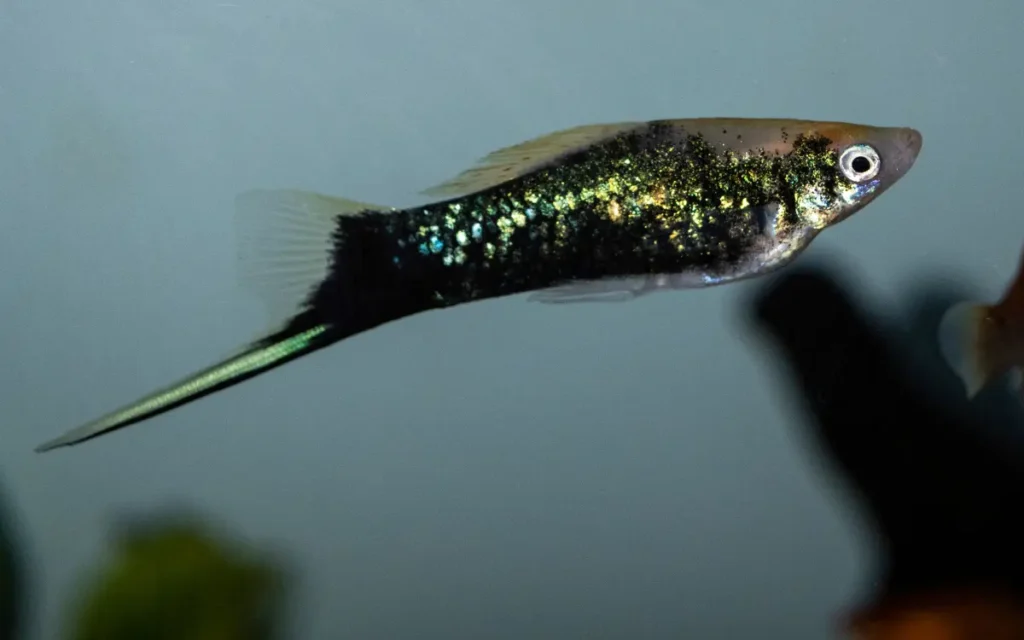
Tail Shape: Extended “sword” on one or both tail edges.
Care Notes: Active swimmers.
Tank Mates: Compatible with similar-sized fish.
Fan Tail Guppy
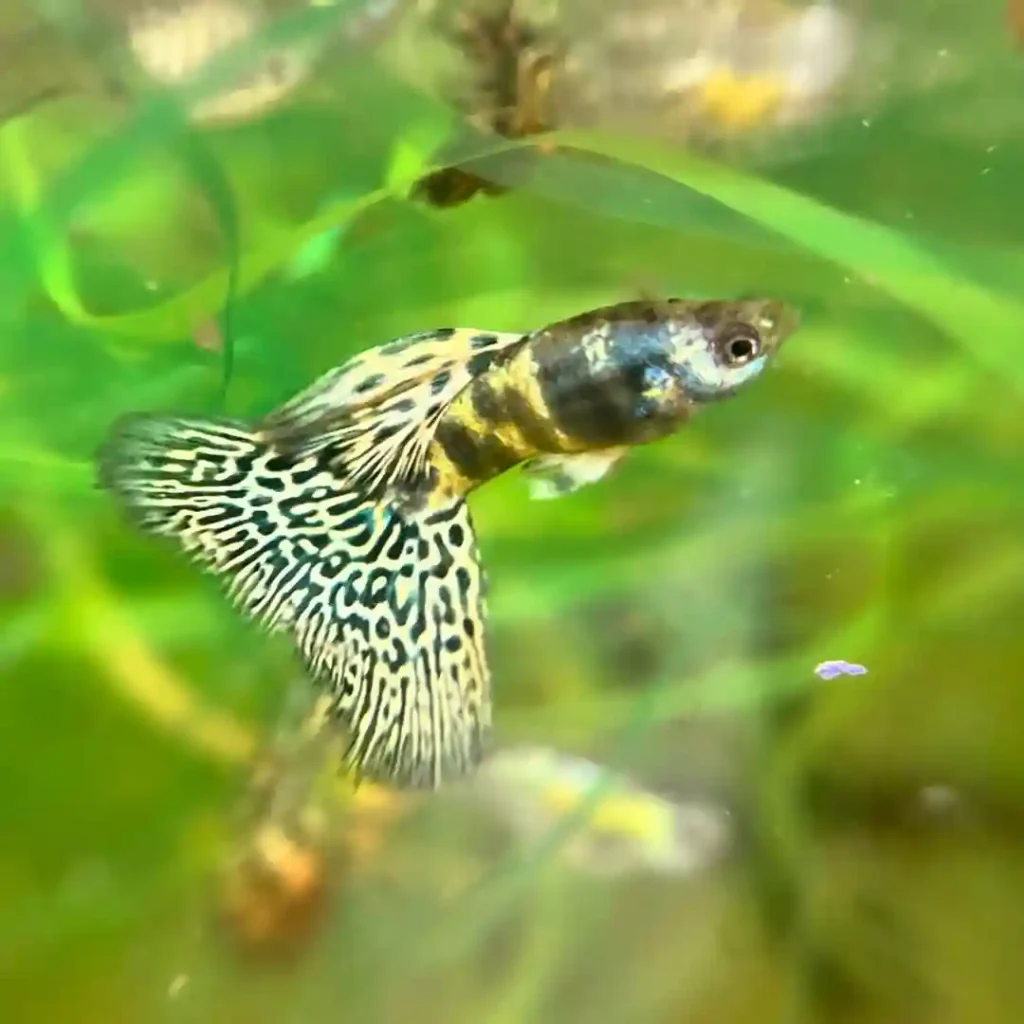
Tail Shape: Wide, rounded tail like a fan.
Care Notes: Hardy and easy to breed.
Tank Mates: Most peaceful community fish.
Spade Tail Guppy
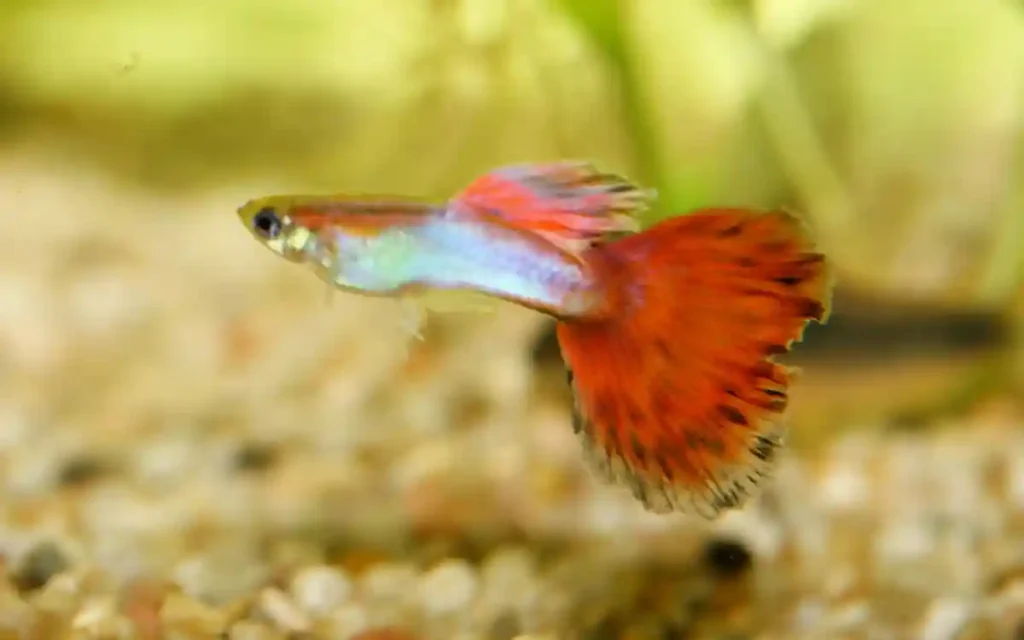
Tail Shape: Shaped like a garden spade with a pointed tip.
Care Notes: Unique look; less common.
Tank Mates: Calm species recommended.
Round Tail Guppy
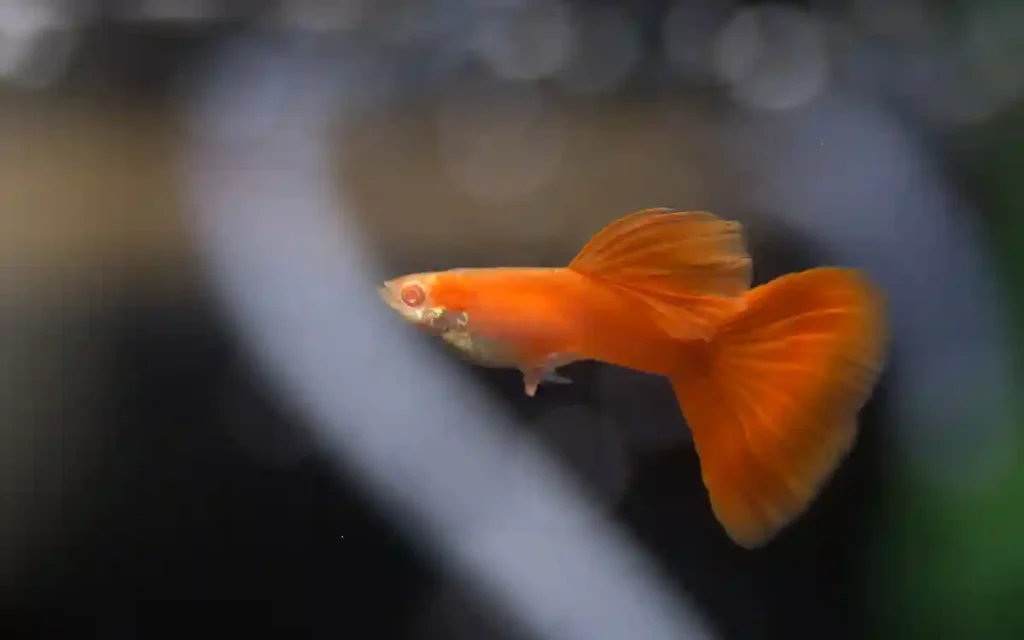
Tail Shape: Short and circular tail.
Care Notes: Compact body; ideal for nano tanks.
Tank Mates: Endlers and small rasboras.
Spear Tail Guppy
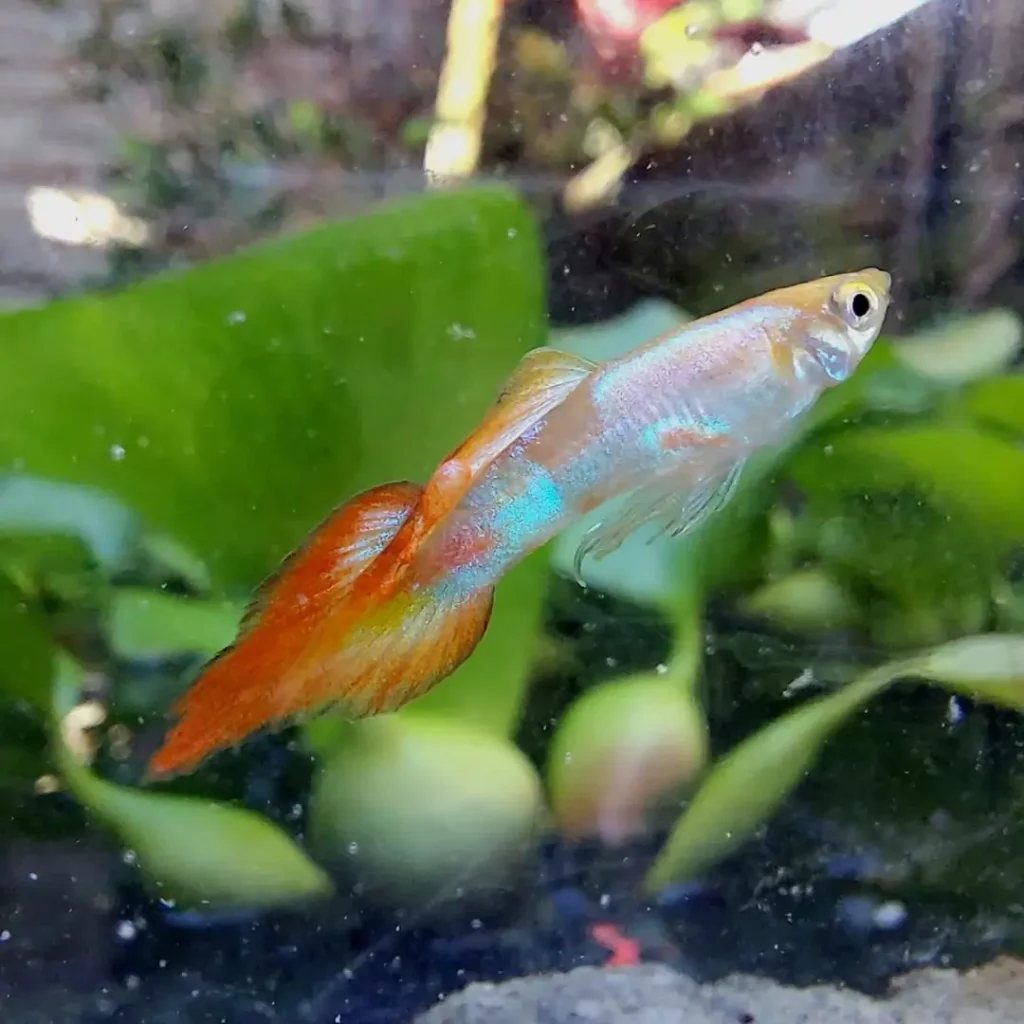
Tail Shape: Pointed tail with a spear-like end.
Care Notes: Not widely available but eye-catching.
Tank Mates: Peaceful species only.
Pintail Guppy
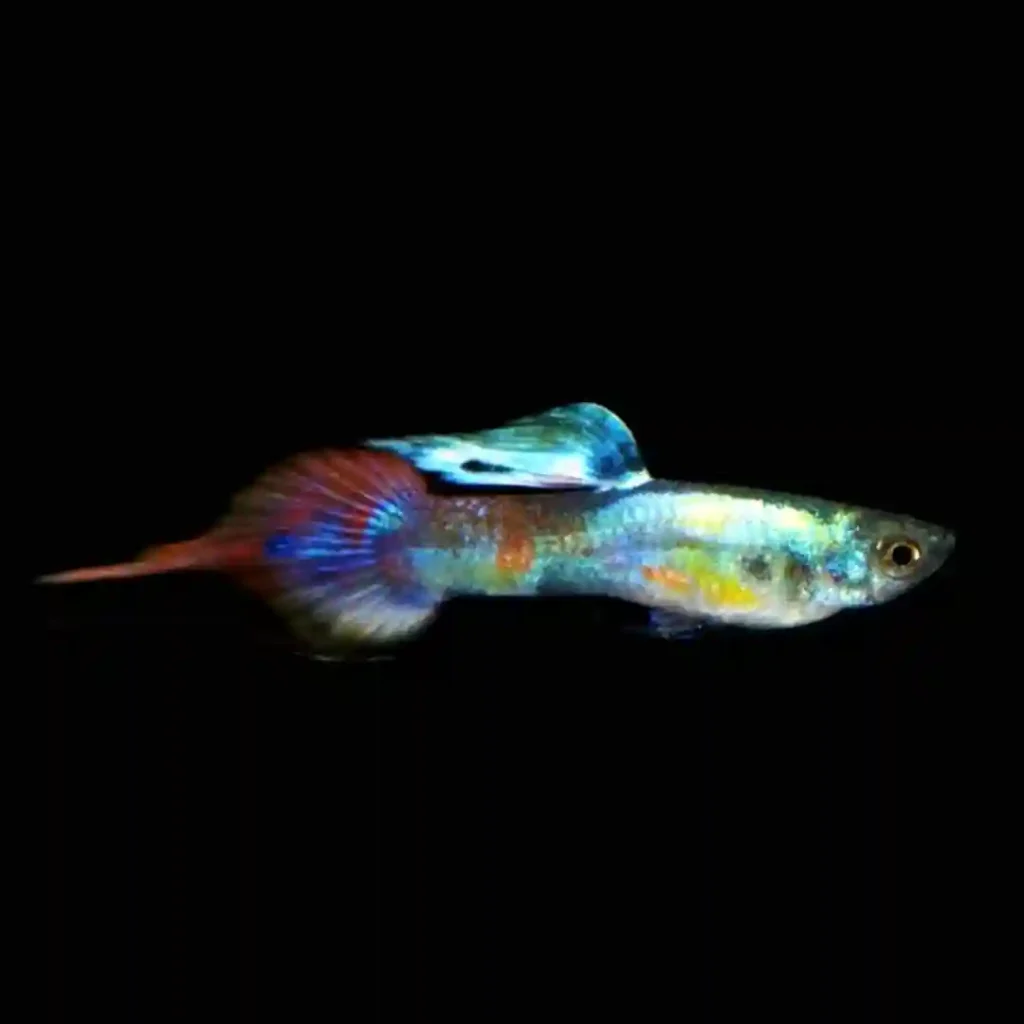
Tail Shape: Thin, pin-like extension on a narrow tail.
Care Notes: Rare and delicate; not for beginners.
Tank Mates: Only very gentle fish.
Guppy Color Pattern Types
Guppies show just as much variety in color and pattern as in tail shape. These combinations are often mixed for stunning effect.
Solid Color Guppies
Examples include red, blue, green, platinum, and black.
Traits: Clean, uninterrupted color across body and fins.
Common Types: Full Red, Full Gold, Black Moscow.
Bi-color and Multi-color Guppies
These show two or more distinct shades—e.g., red/blue or yellow/black.
Traits: Eye-catching, especially in contrast with dark tails.
Snakeskin Guppies
Pattern: Curvy, snake-like lines on the body and tail.
Common Pairings: Often seen with delta or lyretails.
Tuxedo Guppies
Pattern: Half-body is dark (like wearing a tuxedo), other half is bright.
Popular Types: Blue Tuxedo, Red Tuxedo.
Leopard Guppies
Pattern: Spotted or dotted tail fins, resembling leopard print.
Care Tip: Patterns can fade with stress—maintain clean water.
Grass Guppies
Pattern: Fine dots, especially on tails, mimicking grass blades.
Look For: Green Grass and Blue Grass variants.
Mosaic Guppies
Pattern: Random patches and squiggles—unpredictable and beautiful.
Traits: Very artistic and favored by breeders.
Rare & Exotic Guppy Types
These are prized for their unique looks or limited availability.
Albino Guppies
Traits: Red eyes, pale bodies. Sensitive to light.
Tank Tip: Use floating plants for shade.
Metal Guppies
Traits: Scales shine with a metallic sheen—copper, platinum, or silver tones.
Notes: Require stable water conditions to maintain color.
Moscow Guppies
Traits: Solid deep colors—especially black, blue, or purple.
Breeder Note: Often more expensive due to limited availability.
Endler’s Guppies
Traits: Smaller, wild-type guppies with brilliant neon patterns.
Best For: Nano tanks and small planted setups.
Note: Often kept pure for line breeding.
Male vs Female Guppies by Appearance
Males are smaller but more colorful, with large decorative tails.
Females are larger, rounder, and less vivid—typically have shorter tails.
Behavioral Note: Males are active courters; females may need space or hiding areas to avoid stress.
Choosing the Right Guppy Type for Your Tank
If you’re just starting, go for hardy types like fan tail or delta guppies. Avoid long-tailed varieties like veil tails if your tank has fin-nippers like barbs.
- Best for Beginners: Fancy, delta, or grass guppies
- Best for Small Tanks: Endler’s guppies or round tails
- Avoid: Aggressive or fast fish like tiger barbs with guppies
FAQs
What is the most popular guppy type?
The fancy guppy, especially delta tail with vibrant colors, is the most common and popular.
How many types of guppies are there?
There are over 50 recognized types based on combinations of tail shapes, patterns, and colors.
Can different guppies breed together?
Yes, guppies are very likely to cross-breed unless separated.
Do guppy colors change with age?
Yes. Juveniles often get more vibrant as they mature, though stress or poor water can dull color.
Are fancy guppies harder to care for?
Some are more delicate due to long tails, but most fancy guppies are beginner-friendly with proper care.
Final Thoughts
Guppies are a joy to keep thanks to their incredible variety. Whether you want a vibrant centerpiece fish or a school of colorful companions, there’s a guppy type for you. Make sure to choose compatible tank mates and stable conditions to enjoy their best colors.

